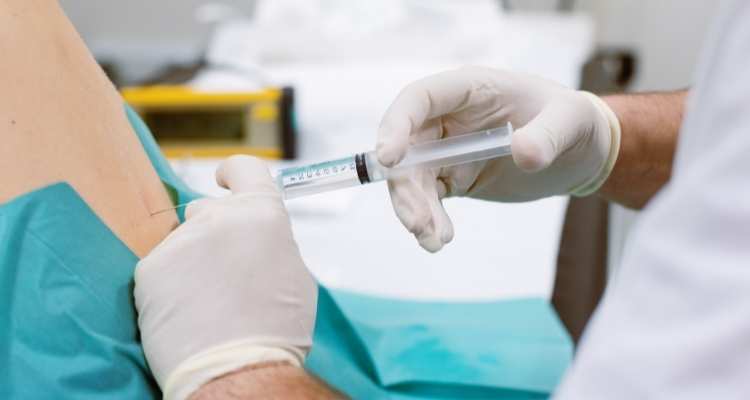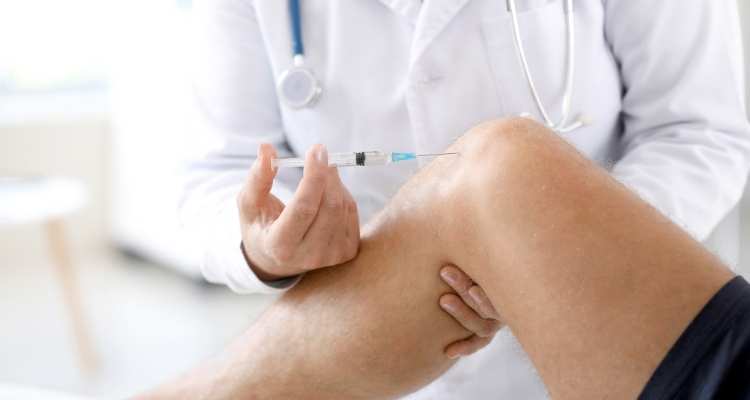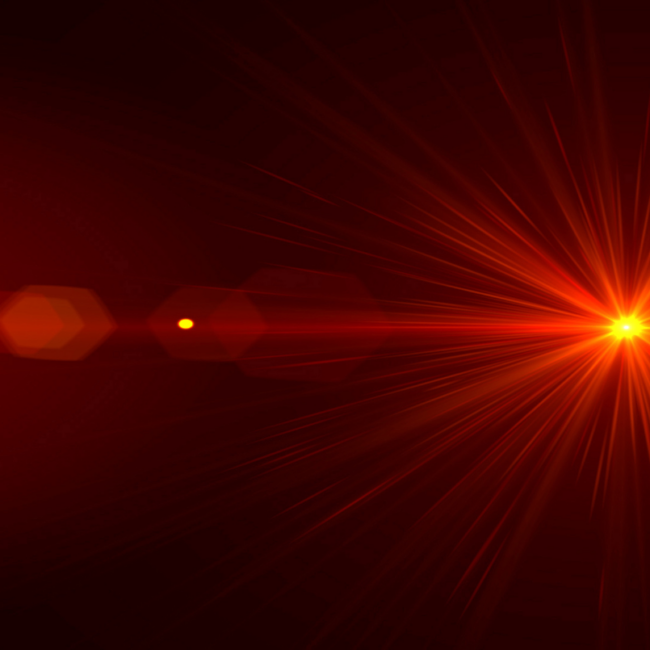PRP Therapy
PRP treatment promotes the growth of newer and healthier cells while healing damaged skin tissue. The platelets, numerous natural growth factors and signaling proteins in the blood are harvested by a minimal patient blood drawn procedure, then processed and concentrated. These growth factors in the platelets stimulate new cell growth to aid in healing and the replacement of damaged or diseased tissues.

PRP Technique
Here at Regenerative Medicine & Biologics Institute, we use the EmCyte Pure PRP® Concentrating Device kit — a double spin technique that concentrates platelets 6 to 8 times baseline and removes red blood cells. The lack of red blood cells helps prevent and reduce inflammation and pain during and post procedure. The high concentration of platelets increase the effectiveness of the therapy.
Combining PRP with Other Treatments
The patient’s own PRP is then used to enhance Microneedling, Vampire Facial, Vampire Face Lift, Vampire Hair Restoration, Vampire Breast Lift, O-Shot, P-Shot, spine injections, large and small joint injections, as well as a variety of other regenerative treatments to revitalize tissues and improve results using minimally invasive techniques.
Because there’s no risk of rejection and minimal side effects associated with PRP, we often recommend it to patients who don’t find success with traditional options, such as physical therapy, over-the-counter anti-inflammatory medications, or steroid injections. We may also opt for PRP when trying to delay (or even prevent) surgical interventions like joint replacements.
Having a PRP-treatable condition isn’t enough to qualify you for the procedure. PRP candidates may include:
- Early to mid-degeneration
- Overall good health
- Interference with daily living due to pain or lack of mobility
- Failure with more conservative treatment methods
PRP has a superior effect on younger patients. This doesn’t mean that PRP is ineffective for older patients, just that younger patients have a more heightened response with PRP treatment.
Because PRP involves injecting a substance into the skin, there are potential side effects. PRP is autologous, which means it contains substances that come directly from your own body. This reduces the risks for an allergic reaction that can occur from injecting other medications, such as cortisone or hyaluronic acid.
A PRP injection is a low-risk procedure and does not typically cause major side effects. Since this procedure involves a blood draw, patients should be well hydrated beforehand to prevent feeling lightheaded. After PRP, you may experience soreness and bruising at the injection site.
Because PRP injections are made up of your own cells and plasma, the risk of an allergic reaction is much lower than with other injectable medications like corticosteroids. Less common risks of PRP injections include:
- Bleeding
- Tissue damage
- Infection
- Nerve injuries
Because the treatments use a patient’s own tissues, PRP injections are safe and can be administered alone or used in conjunction with other procedures.
There is little to no down time. Some bruising may occur.
In general, the usual recovery time for any PRP treatment is about 4 to 6 weeks. PRP injections that are used for musculoskeletal issues, particularly injuries to the joints may require 6 weeks or more.
Results vary from patient to patient. However, PRP takes its full effect between 8 and 12 weeks after the procedure.
Patients will have before and after pictures taken the day of the procedure, 2-4 weeks after the procedure and then again 60 days after the procedure.
PRP results are typically noticed within weeks. When the PRP reaches the target tissues, it releases between three and five times the number of growth factors as the equivalent amount of blood. The growth factors stimulate new cell growth. When there’s enough new tissue in place, patients should start to feel less pain and improved range of movement. While it can be several months before you experience results, most patients find the improvement is long-lasting.
PRP Videos
PREPARING FOR FIRST PRP
FIRST SPIN
SECOND SPIN
FINISHED PRP FOR INJECTIONS
Request an Appointment
Provide your information below and our team will contact you.
Testimonials
Dr. Smith has made my knee pain disappear via PRP. Great application by a caring, friendly man. Staff nice also.
W.
Amazing! I never thought my skin could look or feel this good. Just after one treatment the results I could see are fantastic! Imagine how my skin is going t feel and look after all the treatments.
Ann Moore
This clinic is the best-kept secret and it changed the quality of my life! You will get results!
Patty O'Banion
I was diagnosed with Idiopathic Progressive Polyneuropathy in 2005. This caused me to slowly lose my balance...
Jan Kishpaugh
You are Always Awesome!
Gabriella H.
Everyone I've had the pleasure of working with/seeing for any issues or checking in, have been WONDERFUL!!! Very Professional and personable too! I feel like I'm in "good hands" with anyone I deal with in this practice. Thank You!
Kimberly B.
Dr. Smith is my hero. There aren't many Doctors that will take as much time as he has to help my find answers.
Tracy H.
The Integrated Pain Specialists and Regenerative Medicine Staff are the finest to be found ANYWHERE! Highly recommend!!!
Greg M.
This place is so Good about taking care of my Pain Concerns. I have given their Name to many people. Everyone in the staff treats you well and with great care, both in office and on the phone. BEST Place to go for Pain.
Christine S.
After several tests he had me start on CBD oil and later added the Piezo treatments. After 8 treatments I have had 3 weeks of pain free time. The most I have had in 4 years. I am very Thankful for Amber who has done my treatments. She did a wonderful job for me.
Kevin F.




Treatment
How many sessions of PRP do I need?
Most PRP therapy requires three treatments 4–6 weeks apart. Maintenance treatments are required every 4–6 months.
When should I call a doctor?
Recent advances in PRP technology have made it possible for Regenerative Medicine & Biologics Institute to promote healing, reduce inflammation and speed recovery without surgery.
Without PRP, injured tissues are often unable to repair themselves because they lack adequate blood supply. By using PRP, RMB is able to provide the body with the enriched blood it would naturally produce to heal itself under normal circumstances. Don’t live with pain — contact us today.
Related Treatments
PRP Spine Injections
PRP Joint Injections
Our Blog
P-Shot: What is it, the Process, Benefits, Cost
A P-Shot or Priapus Shot® is an injection of platelet rich plasma for improved male sexual wellness. It is a non-surgical procedure using an injection of platelet rich plasma into
Does UltraSlim Red Light Therapy Work for Weight Loss?
Losing weight and unwarranted fat cells is one of the most common health goals — both for medical and cosmetic reasons. Advanced research into weight loss has yielded a safer and
Piezowave Therapy for Erectile Dysfunction in 2022
For men with moderate erectile dysfunction (ED), a noninvasive technique called low-intensity shockwave therapy or piezowave therapy leads to significant improvement in sexual func
